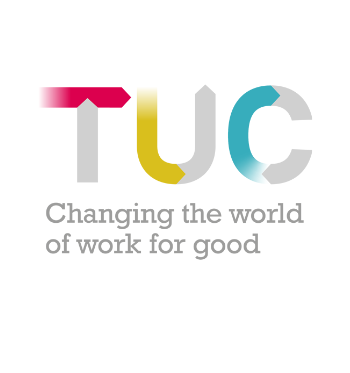As restrictions are eased, there must be no cutting corners on safety
Covid-19 has not gone anywhere. Neither should the measures that keep you safe at work.
The government’s new Covid safety guidance for workplaces in England are a recipe for chaos and rising infections. Giving employers just two working days to take it on board, this guidance is rushed, inadequate and poses problems for the involvement of workers in updating safety plans.
A safely managed transition out of lockdown is the best way to protect health, the economy and our NHS. As the World Health Organisation stated, ‘Premature and poorly planned re-opening of workplaces is likely to increase the risk of outbreaks at work’. But the government has failed to consult unions or employer groups in this process. So, it’s up to us.
Our unions have to assert ourselves and ensure there’s no cutting corners on safety. Employers must engage you on any changes made to Covid risk assessments. If you determine employers’ plans are putting people at risk, we will back you.
While the growing number of people vaccinated offers protection, exposure to Covid can still cause health and financial problems for many. There remains a heightened risk for shielding workers, and Long Covid is a serious concern for the whole working population.
The letter of the law
Employers still have a legal duty to protect your health and safety at work. They must, by law, conduct a risk assessment and take steps to reduce risk. This includes the ongoing risk of Covid-19.
The government has said social distancing and face coverings are no longer a legal requirement, but if these are part of the measures identified in your workplace risk assessment to help reduce the risk of transmission, they should remain in place.
Risk reduction should continue to follow the hierarchy of controls model, layering controls. Employers begin by eliminating the possibility of transmission, using engineering controls, altering job roles and adjusting the environment. Personal Protective Equipment is a last resort.
Ventilation, ventilation, ventilation
At last, the government’s guidance emphasises the need to prioritise improving airflow indoors as a key step to reducing the risk of transmission.
Covid aerosols are more likely to build up over time in indoor, poorly ventilations spaces. Employers are encouraged to purchase CO2 monitors to help identify poorly ventilated areas and take steps to improve airflow.
As well as opening windows and switching off recirculation systems, upper room UV disinfection and mobile filtration units are additional tools that can be used. Hazards Magazine has published some very useful advice on this.
Face coverings
The removal of the legal requirement for face coverings on transport and in shops is disturbing. It must not be viewed as a matter of ‘personal responsibility’, nor should it be left to individual employers to decide.
The government has already backtracked, saying they ‘expect’ people to wear them in these settings, but employers must make that expectation a reality. Where your workplace risk assessment identifies face coverings as an additional control measure, they must be kept in place.
Shielding workers
Workers who were previously advised to shield are those identified by the NHS as ‘clinically extremely vulnerable’: they’re at higher risk of serious symptoms if they get Covid-19.
Many are now being advised to get a third vaccine dose in September because their health condition reduces its efficacy; they are also being advised to follow stricter rules as restrictions relax for everyone else. This will be causing anxiety for many.
It's important for these workers to know they have the right to request furlough until the end of September. Unions should also ensure individual risk assessments are carried out for those returning to work as additional controls may be required to offer more protection.
Over the coming days, union reps will need to make sure employers are:
-
Continuing to assess and manage the risk of Covid transmission
-
Engaging the union in these processes
-
Paying particular attention to ventilation as a control measure
-
Offering support to those considered ‘clinically extremely vulnerable’, providing individualised risk assessments to accommodate their needs.
Other ways to help organise for safer work:
-
Speaking to your union members and workmates, finding out their concerns and holding meetings to discuss actions if necessary.
-
Register for the TUC webinar on Keeping Work Safe on Wednesday 28th July at 14:00
-
Share our #SafeAtWork video to Facebook or Twitter
-
Write to your local councillor and ask them to support our Stay Safe: Join a Union campaign
You’re safer in a union. TUC research during the pandemic proves that workplaces with unions have better control measures in place, fewer Covid outbreaks and a better rate of sick pay. If you haven’t yet, join today.
Stay Updated
Want to hear about our latest news and blogs?
Sign up now to get it straight to your inbox


